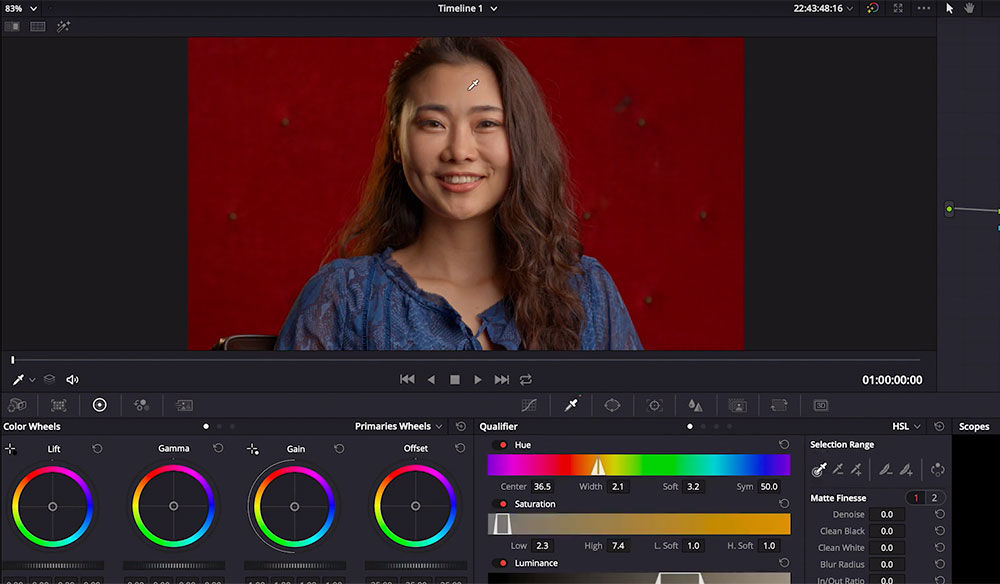

Sometimes I've had to tweak one or two shots a little, but it was still MUCH quicker than starting over with each shot. I have found in the past that the gamma-shift was fairly consistent, and so I could just add a node to the existing grade, bring the clip back to where I wanted it, and then just add that node to all the other shots using copy & paste. One more thought re: "regrading the entire project".

To turn the data burn-in information off, you just return to the burn-in menu pop-up and deselect what you added. Therefore, it’ll keep your timeline nice and clean until you’re ready to get back to editing. This won’t add a layer or anything of the sort. I'm not exactly sure why it isn't the default setting, but I suspect that it's because DVR's primary market is high-end, professional colour-grading studios, where they're less likely to be grading for playback on a computer per-se, and more likely delivering for cinema or broadcast, where the colour-specs are much more precise and specific than a 'one-size-fits-all' web-export (like what I imagine you and I are normally used to delivering). Additionally, we can also adjust the majority of font propertiesfrom opacity to color. It's important to note that it's a PROJECT-setting, and so you'll need to check it every time you start a new grade in DVR.

Topic Davinci Resolve 17 - Complete Advance Color Grading Scopes Understanding Exposure, Waveform, Vector Scope, Histogram, RGB Parade, deeper understanding of Clipping in different scopes. It was REALLY frustrating me for quite a long while until I eventually found that blog. Arunz Creation Photography school provides complete training of advanced color grading using hardware mini panel. Great, glad to hear that's solved your problem.


 0 kommentar(er)
0 kommentar(er)
